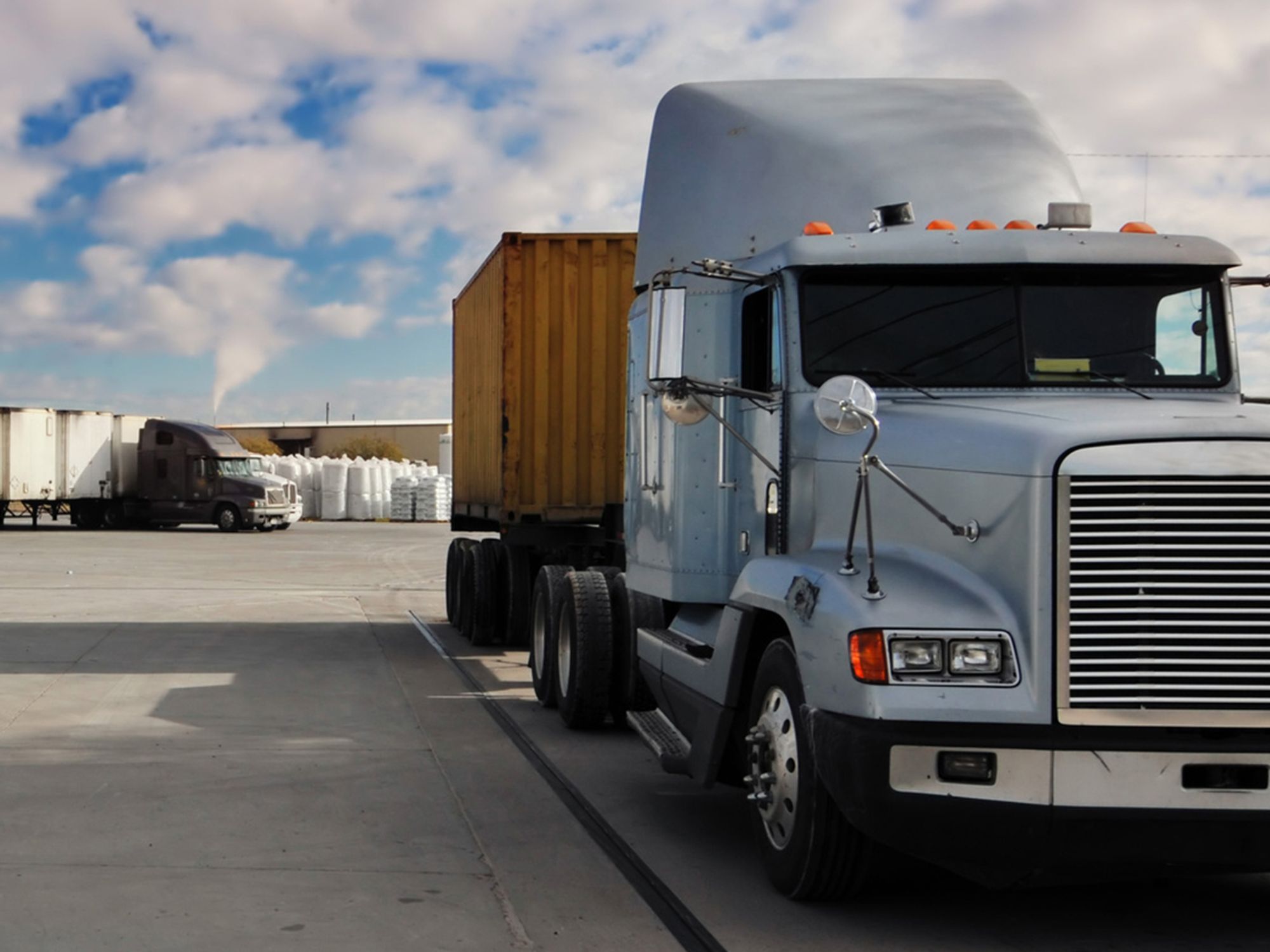Managing leased independent contractors

- Misclassification is a real risk of leasing independent contractors, so seek guidance on how to avoid them being classified as employees.
- Penalties are onerous if your leased contractors are deemed “employees” due to placing requirements on their business decisions.
- A successful claim of misclassification can trigger carrier back payroll taxes, Social Security, benefits, worker’s compensation payments, etc.
As a motor carrier, you can lease an owner-operator or independent contractor to assist in your transportation services if not prohibited by state labor laws. For example, California’s Assembly Bill 5 (AB5) uses the “ABC Test” to determine if a contractor is an employee. The “B” prong of AB5 prohibits carriers from leasing on contractors who are in the same core business of hauling freight. Where not prohibited, it’s not uncommon for motor carriers to broaden their driver workforce by mixing leased independent contractors with company drivers.
However, a lease does not give you the authority to manage these independent contractors in the same manner you manage your employees.
Doing so could get state agencies and/or the federal government to determine that you are depriving these independent contractors of their rights to operate independently. They could soon become your “employees,” making you responsible for their overtime pay, health benefits, and many more employee rights.
Part 376 of the Federal Motor Carrier Safety Regulations addresses the requirements when two parties enter into a business agreement, in this case a “lease.” Within 376.12(c), the regulations clearly state that “the authorized carrier shall have exclusive possession, control, and use of the equipment for the duration of the lease.
The lease shall further provide that the authorized carrier lessee shall assume complete responsibility for the operation of the equipment for the duration of the lease.” The “exclusive possession, control, and use of the equipment” portion of this regulation does not entitle you to act as the owner of the independent contractor’s business.
When you, as the lessee, enter into a leasing agreement with another carrier, that carrier must run under your USDOT number. The FMCSRs require all leased vehicles/drivers to operate under the acquiring carrier’s operating authority as that party is responsible for the operation of the equipment.
Carrier steps to minimize the risk of misclassification
- Train first-line managers to manage and interact differently with independent contractors. They must “negotiate” with the contractor every day.
- Strengthen paperwork including the contract document. Keep it as simple as possible so it can’t be claimed that the contractor didn’t know what he was signing. Include areas of business mandated by the government or customer.
- Carriers should not be in the business of leasing their trucks to independent contractors.
- Require all independent contractors to be incorporated, making it a “business to business” issue.
- Do business only with independent contractors that have prior experience as an independent contractor.
- Do business only with contractors that operate multiple trucks/ fleets.
- Do business only with contractors that have their own truck insurance.
- Do not have a standard lease agreement. Negotiate with each contractor, and review the contracts often.
- Instead of leasing contractors, tender your freight under broker authority to independent contractors with their own operating authority and DOT number. In this case, the independent contractor operates as a motor carrier and you must have a broker license as you cannot hire a for-hire a carrier to haul freight without broker authority.
Electronic logging devices and leasing
It is the responsibility of the carrier who is leasing the driver/vehicle to make sure the vehicle has an ELD in it if the driver is required to use an ELD. There is no exception to this requirement for leased vehicles at this time, and it is not the responsibility of the lessor (the independent contractor or owner-operator) who is operating under the lessee’s (your company’s) USDOT number and operating authority to make sure there is an ELD in the vehicle if the driver needs one. This is different from the ELD exemption for drivers in vehicles rented for a contractual period of eight or less days. Drivers of any CMV operated in interstate commerce that is rented for more than 8 days must use an ELD if the driver is not otherwise exempt from using an ELD.
The key to dealing with owner-operators is to allow them to make their own purchasing decisions. This is normally accomplished by requiring the owner-operator to meet specific requirements through the lease agreement or its appendices, and then allowing the owner-operator to voluntarily use your ELD or make the purchase through a vendor/ supplier of their choosing.
The carrier can write a standard into the lease agreement such as “the vehicle must be equipped with an ELD compatible with …” Then it is up to the independent contractor to find and use a system that is compatible with the carrier’s system.
